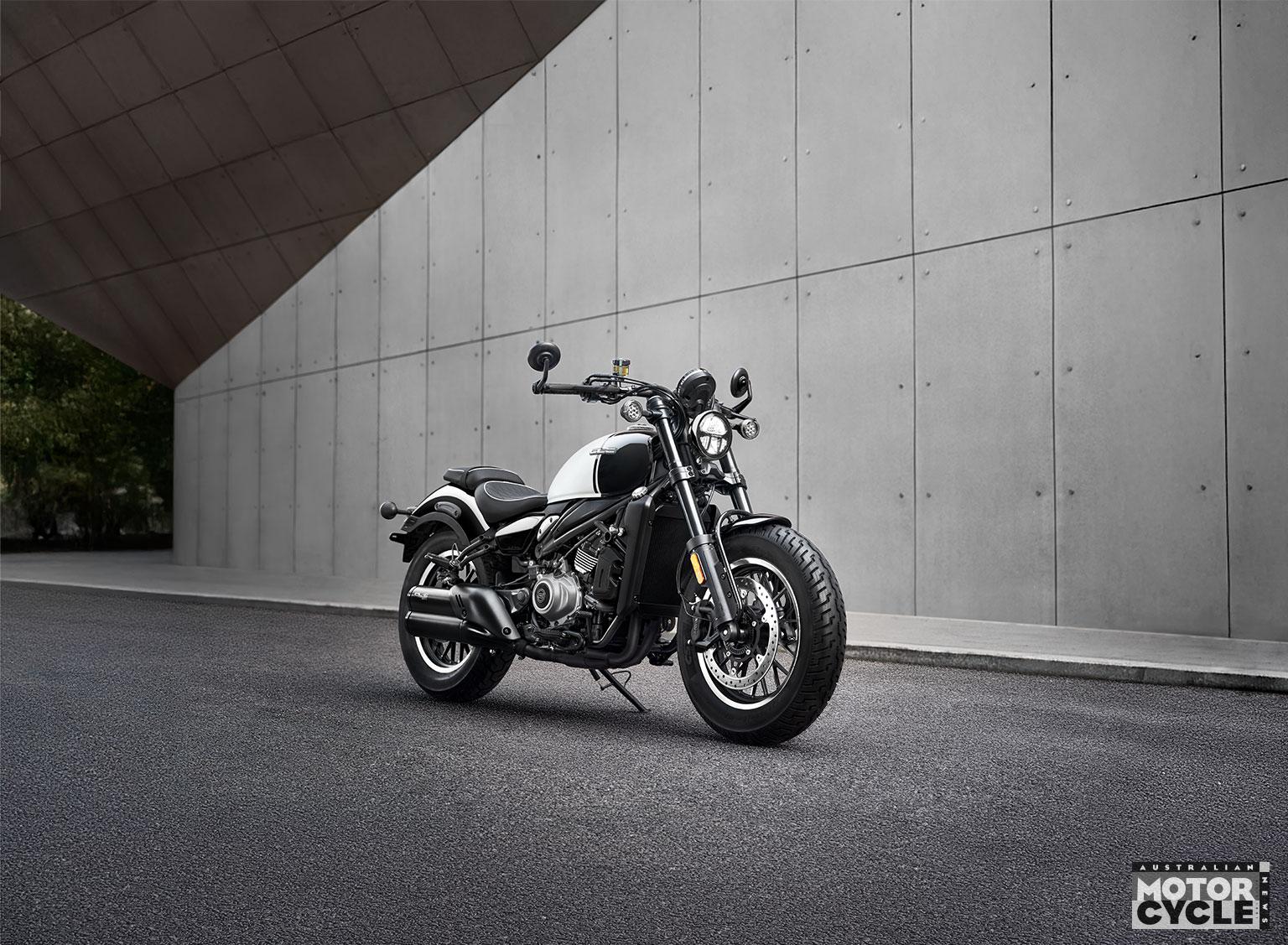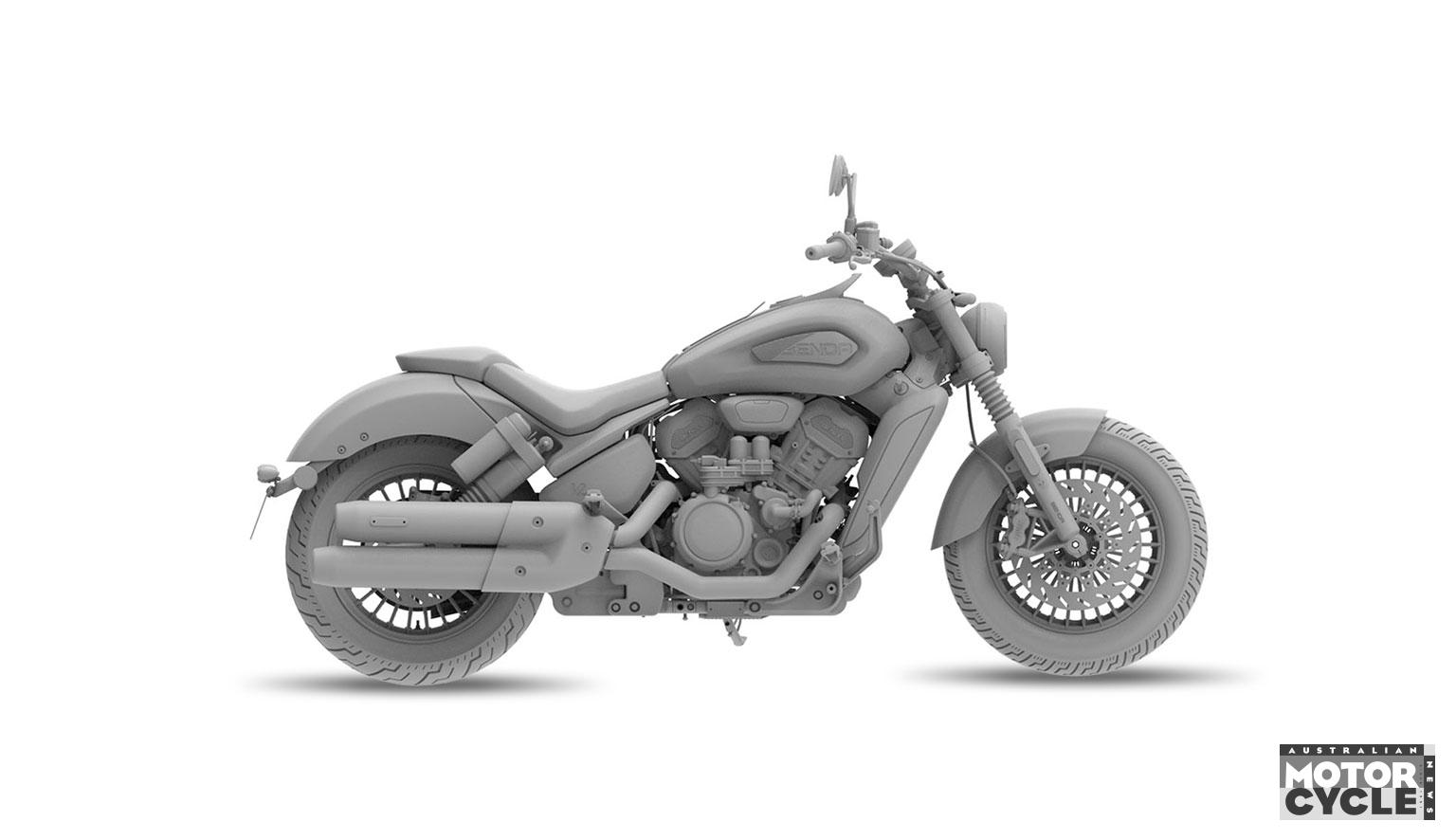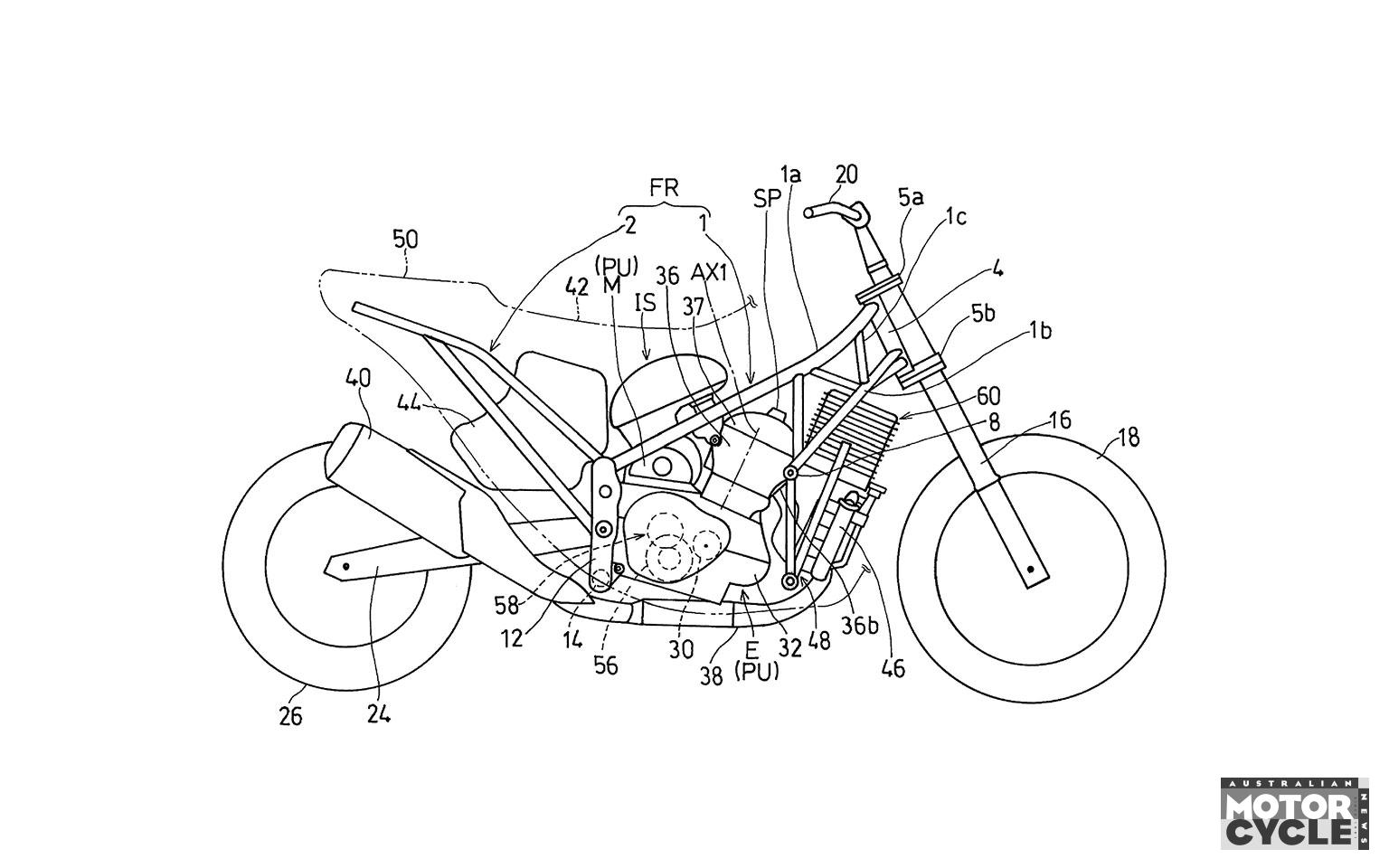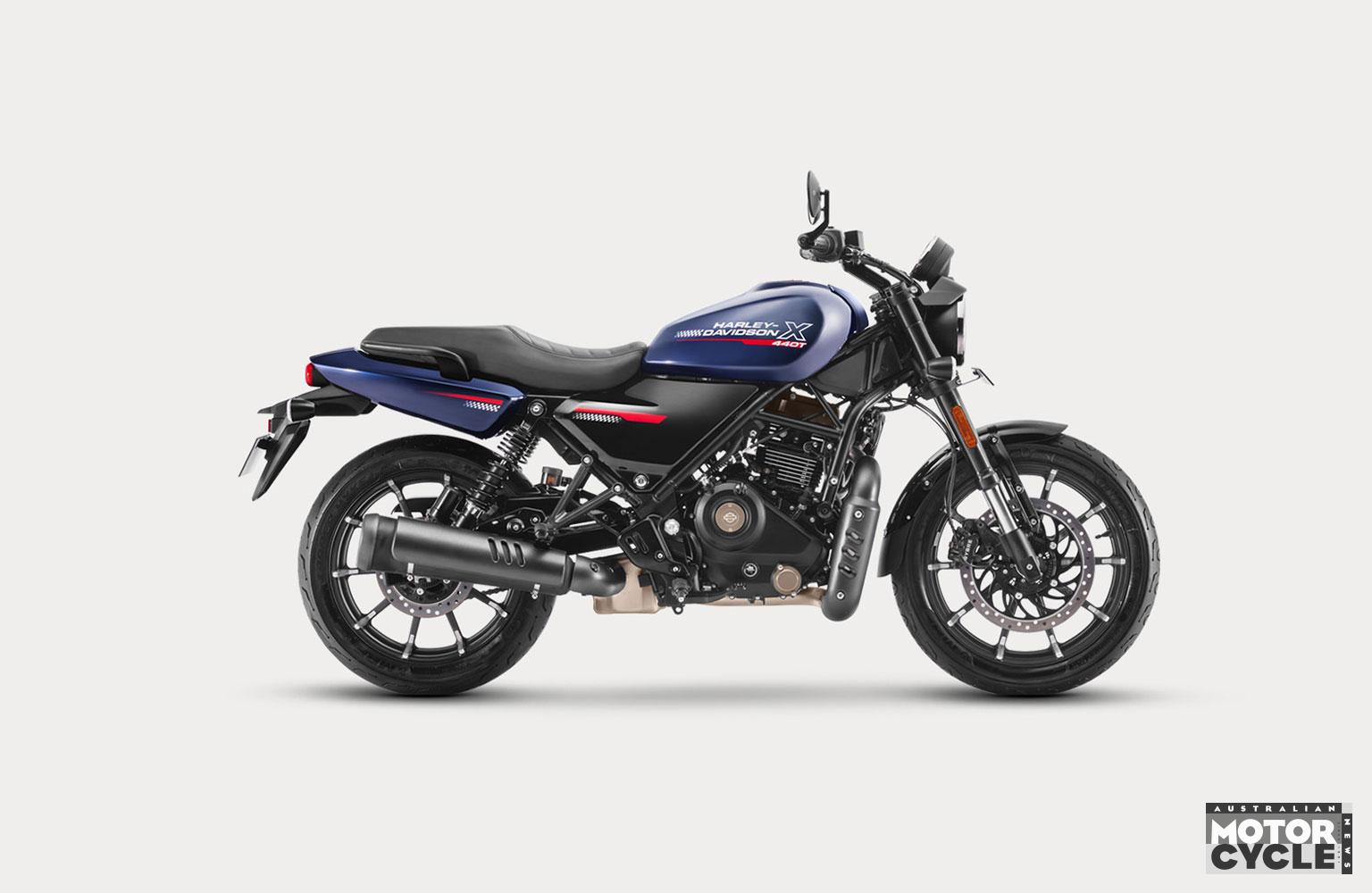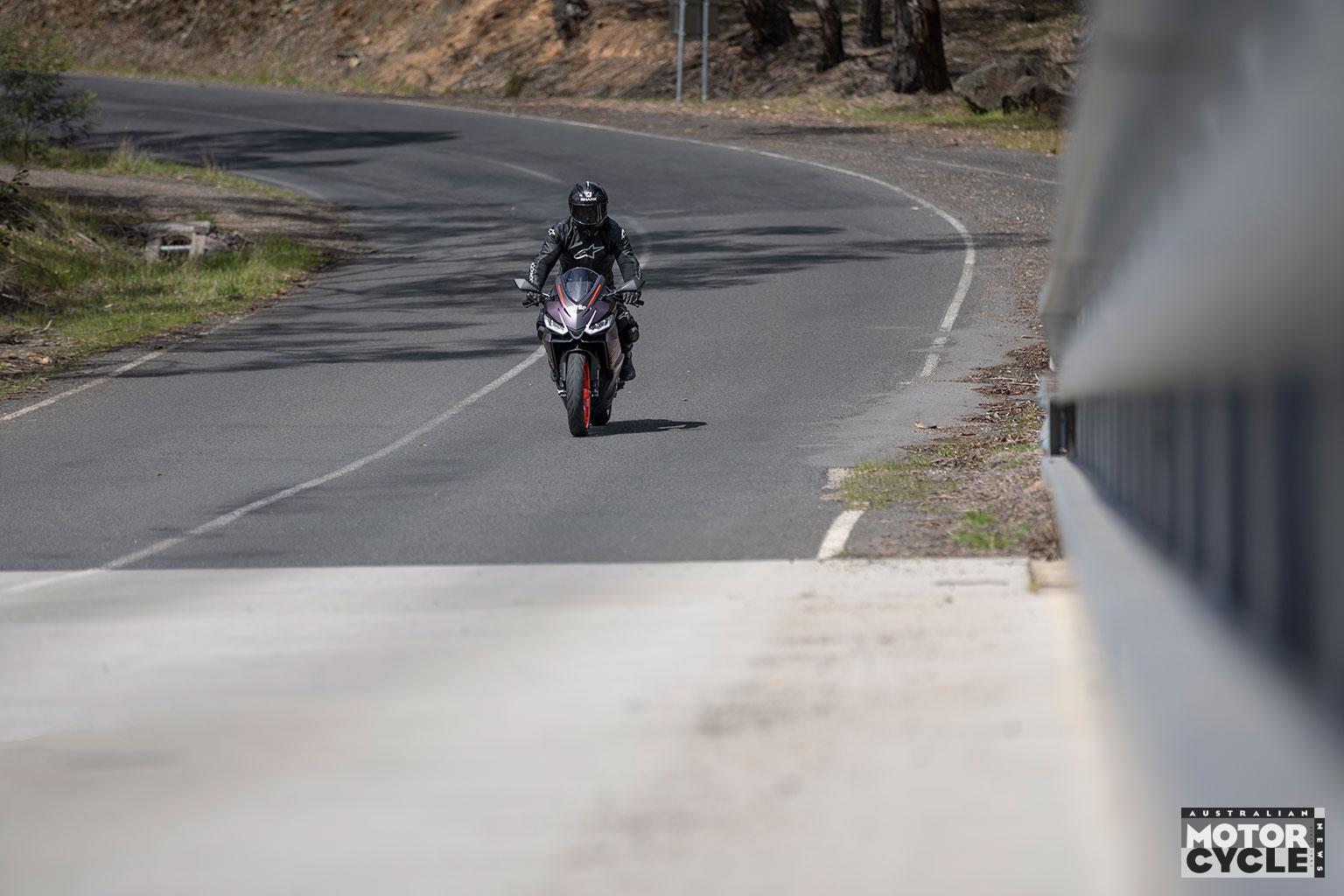Royal Enfield’s new 750cc parallel twin has been spied in near-finished form. And it appears there are at least two different variants coming – a café racer and a roadster version. The latter is a new market sector for Royal Enfield’s model range, and could carry the Interceptor moniker which appeared on the firm’s 736cc parallel-twin in the 1960s. The engine is an air-cooled parallel twin, which should make something in the region of 37kW, putting it up against rivals like Triumph’s 40kW Street Twin and Harley’s similarly powerful Iron 883. Ducati’s 803cc Scrambler, while also an air-cooled twin of a similar size, is rather more powerful, with a claimed 55kW.
The new engine is bolted to a frame designed by Harris Performance, the UK firm that also developed the Continental GT’s chassis and which was bought by Royal Enfield in 2015.
The two new 750cc twins spied in India certainly have a convincing retro style. The air-cooled engine helps, even if its old-fashioned design means performance will be ultimately limited by the lack of water-cooling.
It’s clear that the café racer model has a different tank compared to the standard bike, as well as gaining clip-ons, rearset ’pegs and a single seat.
The base model is more like a Bonneville in its style, with a long, flat seat and a curvy tank.
Both bikes appear to use the same running gear, with right-way-up forks and twin remote-reservoir shocks.
The brakes – a single disc at each end – will have ABS to meet European rules.
Though they look well-worn and the café racer is lacking its seat hump, the prototypes in the picture appear close to completion. That suggests Royal Enfield could be in a position to officially show the bikes before the end of 2017.
Production may still be a while off, though, and initially the company may opt to concentrate on the Indian market rather than export them.
INDIA OR ENGLAND?
The pair of Royal Enfield prototypes were spotted parked up in India, where much of the testing is taking place, but the development has largely been done in England. Based at Bruntingthorpe Proving Ground in Leicestershire, the facility is a stone’s throw from Triumph’s base in Hinckley.
And no wonder; Royal Enfield’s tactic has been to lure away members of Triumph’s staff. Scalps include Triumph’s former product planning boss, a host of engineers and designers, and now Mark Wells, founder of Xenophya Design, which helped style several Triumph models.
While Triumph is less than happy about the exodus, the strategy makes sense for Royal Enfield. It means it can emphasise its British roots and use the skills of people who have helped Triumph carve out a sizeable niche in the same retro bike market
it is now aiming at.
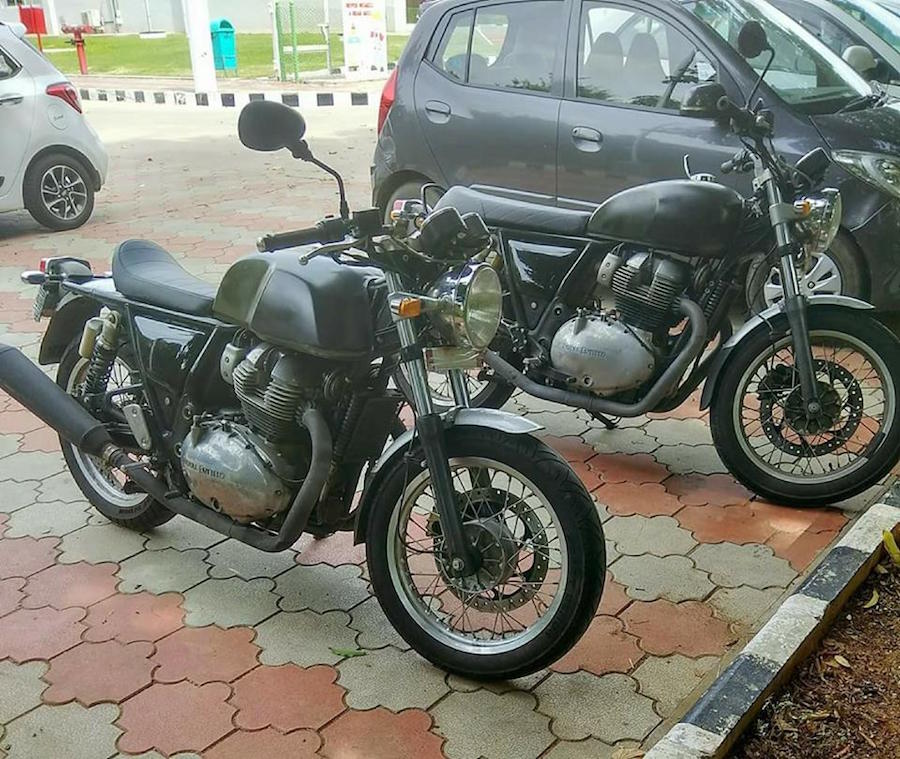
By BEN PURVIS

